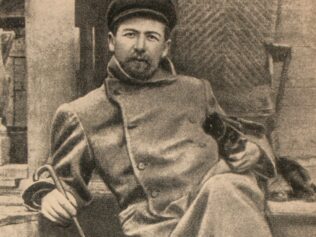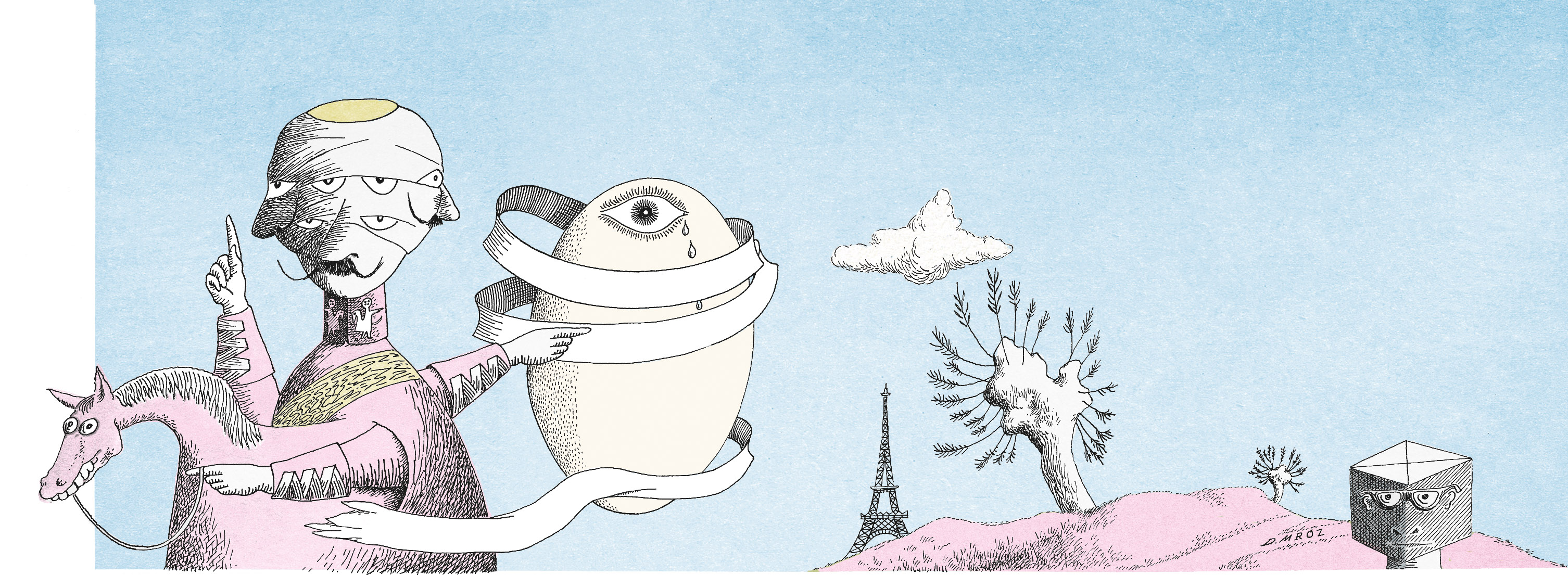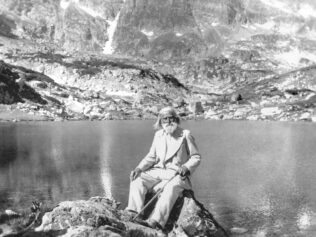
Nobody knows who he was. The nameless, humble ascetic wandered Russia searching for himself (and God). His musings, published anonymously as The Way of a Pilgrim, are a legacy of 19th-century Eastern Christian mysticism, whose influence is visible still today, including in Western culture.
It’s not often that the hero of a book that has entered the canon of world literature is a person so sincere and guileless, while simultaneously so enthralling to readers. The narrative mechanism is also simple: already on the first page, the whole story is set in motion. One Sunday the main character stops by a church, where I Thessalonians is being read, and he hears the sentence: “Pray without ceasing” (I Thess. 5:17). “This saying struck me,” the hero confesses, “and I began to wonder: how is it possible to pray without ceasing when everyone must attend to endless matters simply to make a living?”
The rest of the story is an attempt to answer this fundamental question, i.e. what does it mean to ‘pray without ceasing’? The man approaches this task with exceptional humility and consistency. He will search for the answer during wanderings through Russia on foot, from Siberia to the Black Sea, and will find it partly in churches, from various teachers, but also from ordinary people. In a word: from everyone who could have something to teach (which also shows his admirable humility and openness to his fellow human beings). Nevertheless, a key role in his spiritual searching will be paid by a certain unprepossessing book.
The mysterious wanderer
We don’t know much about the hero himself. He comes from Oryol Governorate, that is, from the western part of Russia (the city of Oryol lies about 350 kilometres south of Moscow). From childhood, he has suffered from complete paralysis of his left arm, making it difficult for him to find work once he reaches adulthood. At a certain point, he and his wife fall victim to an act of vengeance and lose their savings. After the death of his beloved, he sells his house, gives his clothing to the poor, and, as he says, goes where his eyes lead him. It’s the middle of the 19th century in Tsarist Russia, most likely just before the abolition of serfdom.
The hero travels on foot – initially from church










